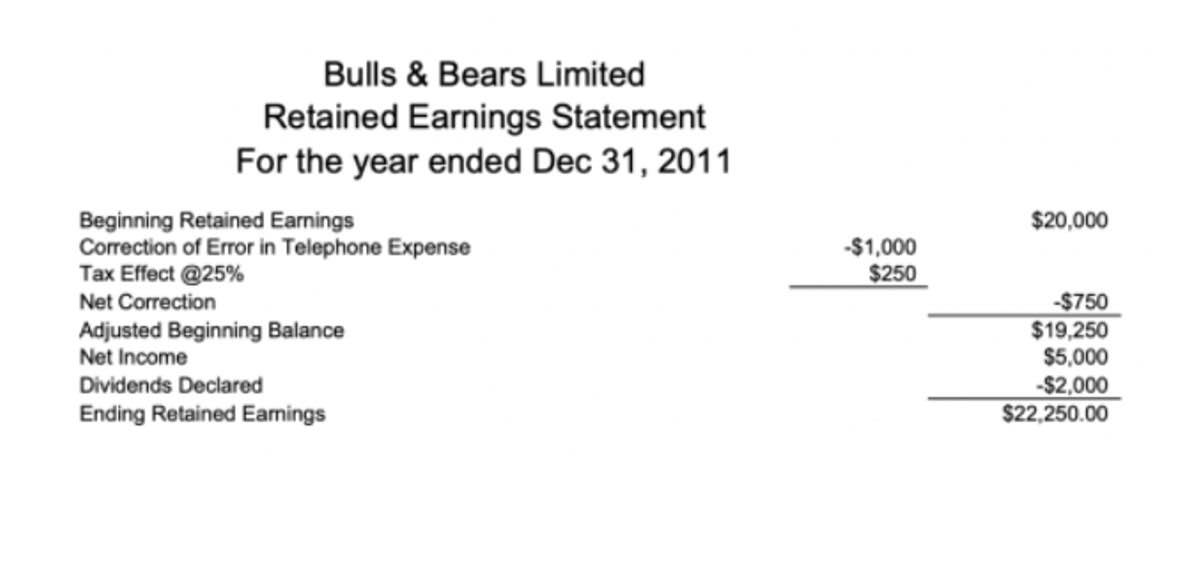
This in turn can also cause an unfavorable fixed manufacturing overhead volume variance. To calculate standard costs, you add your estimated direct materials costs, labor costs, and manufacturing overhead. These costs form the baseline from which you measure actual costs. The difference is a variance, and this variance can be favorable (the actual cost was less than the standard cost) or income statement unfavorable (the cost actual cost was high than the standard cost). The use of standard costing also enhances the transparency of financial statements. By comparing actual costs to standard costs, companies can clearly identify variances and their impact on profitability.

Responsibility for Setting Standards:
The rate of inflation will have its impact on future cash-flows and profitability of the concern. Before any estimates made or standards set, the difference between money rate of interest and real rate of interest, the difference between them should be taken as rate of inflation. Thus in this context conventional variance analysis is a postmortem exercise. If the standards are tight then this will have a disincentive effect, whereas if the standards are loose then this results in complacency.
- Companies often rely on past purchase prices, supplier quotes, and market trends to set these standards.
- It is equally necessary to specify the classification of accounts, and coding incomes and expenses to facilitate speedy collection and analysis.
- As a result, this is an unfavorable variable manufacturing overhead efficiency variance.
- Industries where standardised and uniform work of repetitive nature is done are suitable for introduction of standard costing.
- Most manufacturers will also have an account entitled Work-in-Process Inventory, which is commonly referred to as WIP Inventory.
Setting Standards
These articles and related content is not a substitute for the guidance of a lawyer (and especially for questions related to GDPR), tax, or compliance professional. When in doubt, please consult your lawyer tax, or compliance professional for counsel. Sage makes no representations or warranties of any kind, express or implied, about the completeness or accuracy of this article and related content. It will contain the date, the account name and amount to be debited, and the account name and amount to be credited. Each journal entry must have the dollars of debits equal to the dollars of credits. For the remainder of our explanation, we will use a common format for calculating variances.

Problems in Setting Standard Costs:
In order to calculate the direct materials usage (or quantity) variance, we start with the number of acceptable units of products that have been manufactured—also known as the good output. At DenimWorks this is the number of good aprons physically produced. The essence of standard costing is to set objectives and targets to achieve them, to compare the actual costs with these targets. Standard Costing is used to ascertain the standard cost under each element of cost, i.e., materials, labours, overhead.
- For managers looking to create a more precise budget, standard cost accounting can be a very useful tool.
- Aids to inventory costing – Inventories of raw materials, work-in-progress and finished goods may be carried at standard costs.
- DenimWorks purchases its denim from a local supplier with terms of net 30 days, FOB destination.
- It can be used as a yardstick against which actual costs can be compared to measure efficiency.

Simplifies and speeds up the recording process, especially when actual cost data are not readily available. (g) The research evidence shows that overly elaborate variances are imperfectly understood by line managers and thus they are likely to be ineffective for control purposes. (e) It may be difficult to set standards at a level which both motivates the workforce and achieves the corporate goals. (c) Unless standards are accurately set any performance evaluation will be meaningless.
- Hence, the financial statements would still reflect the actual costs incurred.
- But when actual cost is compared with such standard, huge variance arise.
- Assume your company’s standard cost for denim is $3 per yard, but you buy some denim at a bargain price of $2.50 per yard.
- These costs are treated similarly to organizational overheads and not related to products or other cost objects, such as customers.
- Without the attention to details, there would be great difficulty in achieving a high level of efficiency.
- One of the primary elements in standard costing is the establishment of standard material costs.
Understanding the root causes of variances is essential for effective variance analysis. For instance, a favorable material variance might indicate successful negotiations with suppliers or more efficient use of raw materials. Conversely, an unfavorable labor variance could suggest issues such as lower productivity, higher wage rates, or unanticipated overtime. By delving into these underlying factors, businesses can identify specific areas that require attention and take corrective actions to improve performance. That part of a manufacturer’s inventory that is in the production process but not yet completed.
What is Standard Costing – 3 Important Steps: Establishing Cost Centres, Types of Standard Used and Setting of Standard

10) Motivates Employees – When standards are fixed Incentive schemes to motivate employees can be introduced. Employees try to achieve the standards and they are remained different monetary and non-monetary incentives. Retail Accounting Repetitive production – Industries where the methods of manufacture are repetitive and products are more or less homogeneous, e.g., agricultural and food products. Aids in product pricing – Standard costs are an important aid in pricing the products of the concern.

But when actual cost is compared with such standard, huge variance arise. Standard costing is not a method of costing just as process or job or unit costing. It is a system or technique of cost accounting which can be used in conjunction with standard costing process, job or operating costing without any difficulty, whatsoever. (6) Review of Cost Accounting System – Standard costing is a projection of the existing system of cost accounting. It is, therefore, necessary to review the existing cost accounting system with particular reference to forms and records so that standard costing can be built upon the cost accounting system.
- Estimated production and its cost provide the base for pricing policy and profit planning.
- It is not a method of costing but a system which can be fitted in any method.
- A standard cost is a planned cost for a unit of product or service rendered.
- This will help to improve the efficiency and promote cost cutting within the business where applicable.
- A current asset whose ending balance should report the cost of a merchandiser’s products awaiting to be sold.
This comparative analysis provides a basis for setting performance targets and incentivizing cost-effective practices. Furthermore, standard costing facilitates communication across different levels of the organization, ensuring that all stakeholders have a clear understanding of financial expectations and objectives. The production that is acceptable (not rejected products) and which is assigned manufacturing costs of direct materials, direct labor, and manufacturing overhead. The use of standard costing is useful for MIS, profit planning, inventory control, product pricing, decision making, cost control etc.
